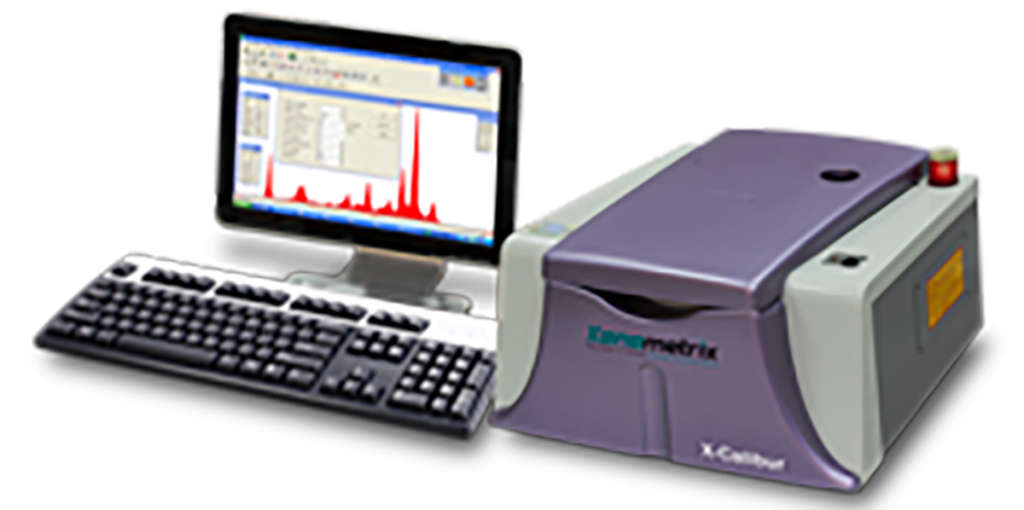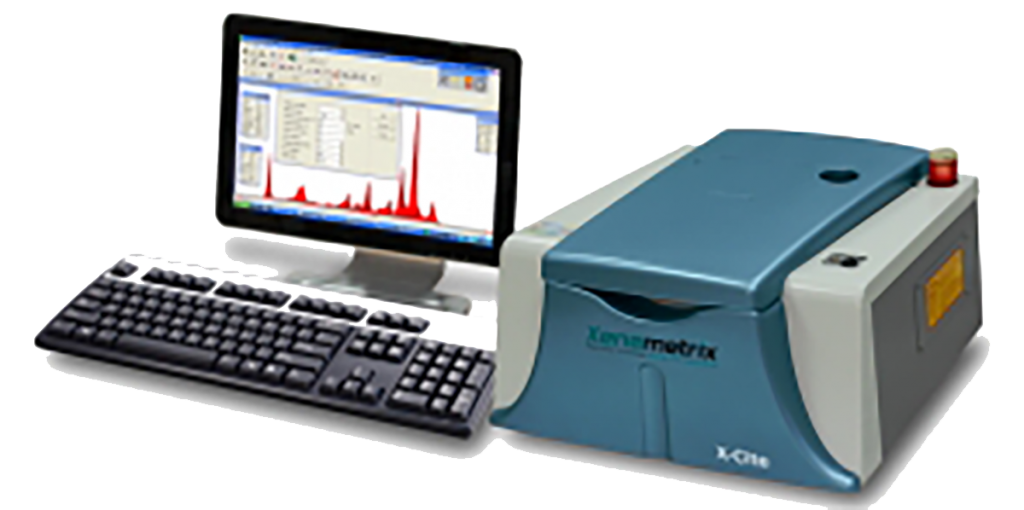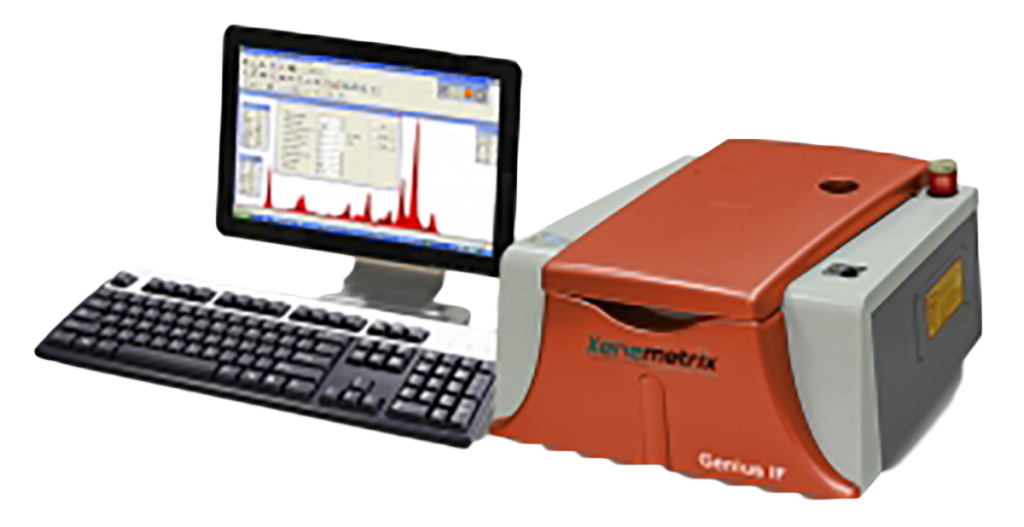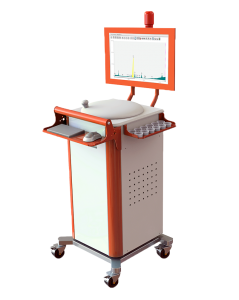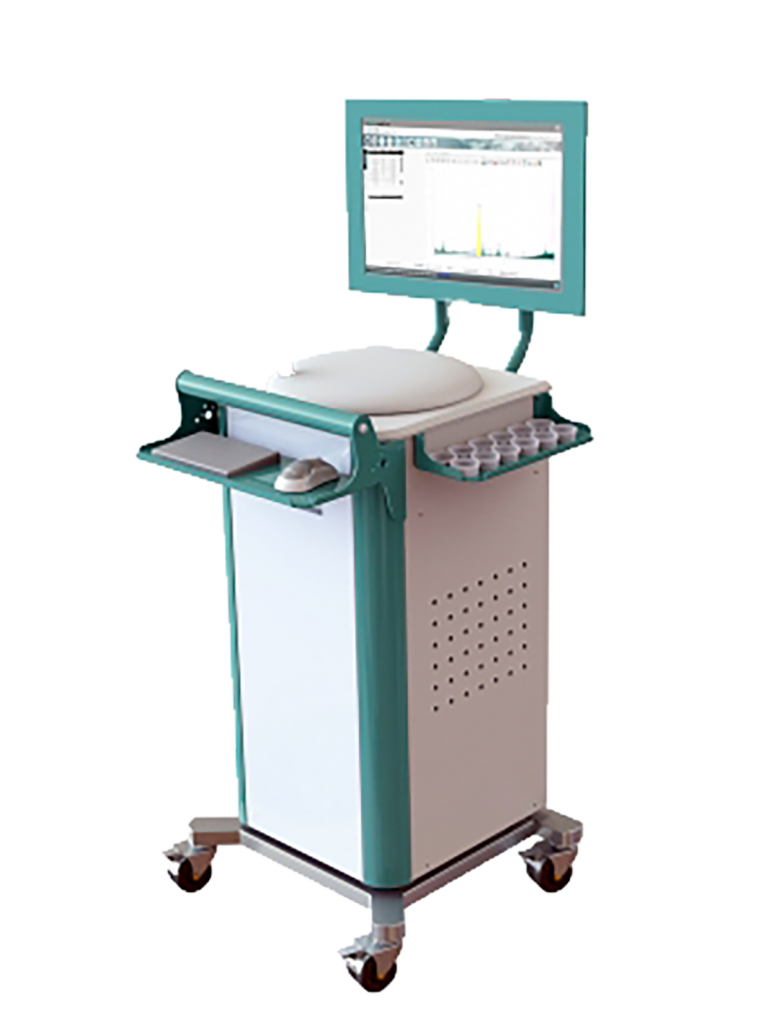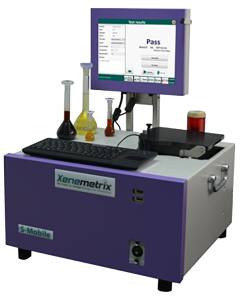Petroleum & Petrochemical
Oil and fuel analysis - compliance with ASTM standard methods and other regulations

Oil and fuel analysis – compliance with ASTM standard methods and other regulations
Xenemetrix state-of-the-art ED-XRF analyzers offer solutions for the Petroleum & Petrochemical analysis that comply with ASTM standards and regulations. Our superior solutions cover the full production process, starting from research & development up to process and quality control.
Using ED-XRF allows measuring a wide range of elements and concentrations from F to Fm without a need for sample preparations. Samples can be measured in powder form, liquids or solid, and are ready for measurement within seconds.
ED-XRF can measure larger sample volumes resulting in a better characterization of end products, and provides high accuracy and precision with excellent detection limits usually starting from 0.1 – 1 mg/kg.
Petroleum is one of the largest markets for XRF analyzers.A number of applications exist at virtually each stage in the petrochemical industry:
- Sulfur in Oil and Fuels – The current Ultra Low-Sulfur (ULS) permitted level according to EPA (Environmental Protection Agency) is 15 ppm (parts per million) of Sulfur in vehicle fuels, and this level is expected to be further reduced.Xenemetrix’s X-ray Fluorescence analyzers can quantitatively analyze sulfur at these low levels and thus provide a cost-effective maintenance management tool that is specifically designed to reduce operation cost and total cost of ownership.
- Lead in Gasoline – Lead is an anti-knock additive that is added to gasoline. It is used at concentrations of several hundred PPM in leaded gasoline and approximately 13 mg/L in unleaded gasoline.
- Manganese in Gasoline – Manganese is another anti-knock additive that is used primarily in Canada at very low PPM concentrations. This application can be obtained with ED-XRF instruments.
- Chlorine in Crude Oil – Crude oil is desalinated to remove salts that are present by nature. Chlorine in crude oil needs to be below 50 PPM before the oil can be refined. ED-XRF analyzers form excellent tools for monitoring the chlorine content of crude oil.
- Nickel and Vanadium in Crude Oil – These elements can poison catalysts used in the refining process. Less than 5 PPM concentrations are preferred. ED-XRF analyzer can easily perform this application.
- Sulfur, Nickel, and Vanadium in Residual Oil – These elements are monitored for either emissions or recovery purposes.
- Sulfur in Coke or Carbon – Numerous uses exist for Coke and Carbon, and the material becomes more valuable the lower the sulfur content, with electrode grade carbon being very valuable. Measuring sulfur in coke and carbon can be done with ED-XRF instruments.
- Mg, P, S, Ca, Ba, Zn, Mo in Lubricating Oils – Lube oils contains a number of additives, some of them are stabilizers, and others improve lubrication. Motor oils are the largest single class of lubricating oils in terms of volume. Several ASTM methods cater for these additives using ED-XRF quantitative analysis.
- S, Cl, As, Pb, Cd in Waste Oil and Waste Fuel Oil – Waste oils such as used lubrication oil are used in a number of oil fired power plants and kilns. These are monitored for toxic metals chlorine and sulfur, according to the environmental protection agency guidelines. ED-XRF instrumentation is an excellent choice for performing these elemental measurements in waste and fuel oils.


